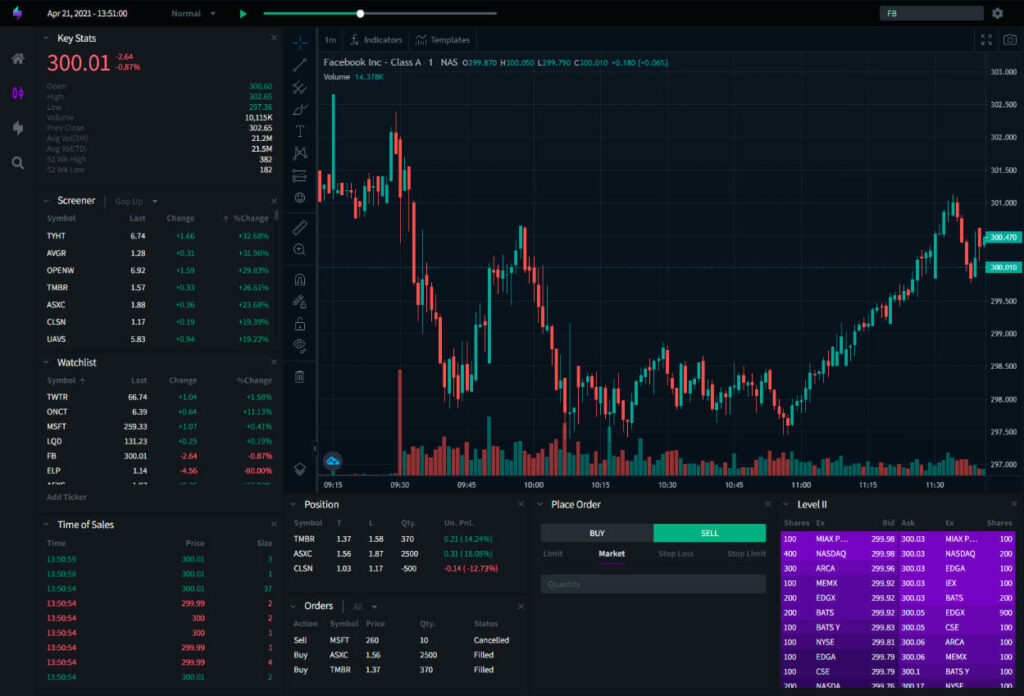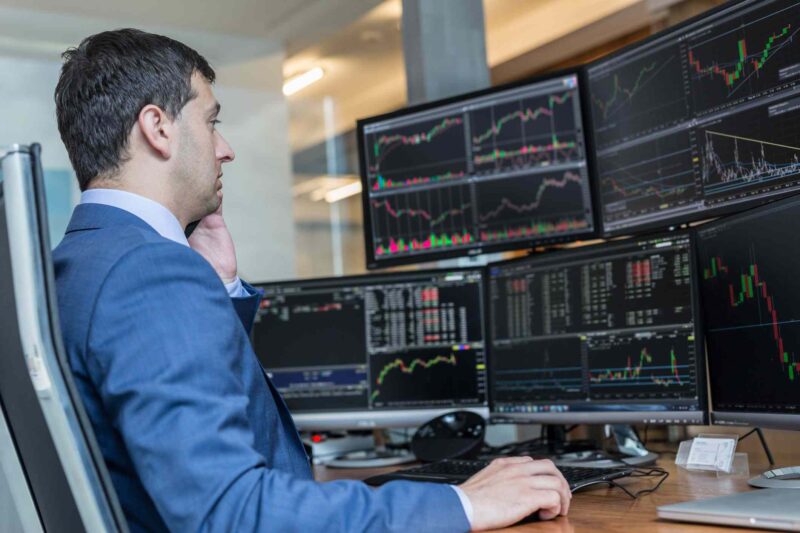In the dynamic and often unpredictable world of trading, the path to success is paved with knowledge and practice. Simulated trading serves as a powerful training ground for both novice traders and seasoned investors seeking to refine their strategies.
Imagine stepping into a virtual marketplace, devoid of financial risk, where every decision you make sows the seeds of future acumen. Here, you can experiment freely—testing theories, exploring various asset classes, and reacting to market fluctuations without the fear of real-world consequences.
Yet, to truly maximize this learning experience, one must approach simulated trading with intention and a structured strategy. In this article, we will delve into the intricacies of simulated trading, unveiling essential techniques and insights that will help you harness its full potential and transform theoretical knowledge into practical expertise.
Whether you’re taking your first steps into the trading arena or looking to polish your skills, understanding how to navigate the ins and outs of simulation can make all the difference in your trading journey.
Setting Up Your Simulated Trading Environment

Bar replay free tool can be an invaluable resource when setting up your simulated trading environment, a pivotal step in enhancing your learning experience. Begin by choosing a trading platform that mirrors real market conditions; this is crucial, as it equips you with the tools necessary for effective practice.
Ensure that your setup includes access to real-time data, charting tools, and a variety of instruments to trade—stocks, options, or forex, for instance. Creating a dedicated workspace can also significantly influence your focus and productivity; free from distractions, it allows you to immerse yourself fully in the trading process.
Don’t forget to develop a simulated trading plan, outlining your goals and risk management strategies, which will serve as a roadmap during your practice. Finally, consider joining online trading communities or forums where you can share insights and learn from others’ experiences, enriching your understanding of market dynamics.
This multifaceted approach will prepare you not only to make trades but to embark on a journey of continuous improvement and growth.
Risk Management in Simulated Trading

Risk management in simulated trading is not merely a precaution; it is the bedrock of a successful trading strategy. Engaging in simulated environments allows traders to experiment with varied risk levels, testing the waters without the peril of real capital loss.
Imagine, for instance, implementing tight stop-loss orders on a volatile asset—this tactic can shield your simulated portfolio from devastating swings. Yet, a cavalier approach, like over-leveraging in a rising market, can lead you down a precarious path, even in a virtual setting.
By employing techniques such as position sizing and drawdown limits, you nurture a disciplined mindset that translates seamlessly into the live market. In this sandbox of trading, where mistakes are not just tolerated but encouraged, cultivating robust risk management skills is essential.
Thus, the lessons learned here aren’t just theoretical; they are vital principles that could fortify your trading odyssey when it ultimately intersects with the real world.
Transitioning from Simulated to Real Trading

Transitioning from simulated to real trading is an exhilarating yet daunting leap. After countless hours spent mastering strategies in a risk-free environment, the shift to live trading introduces an array of psychological factors that can drastically alter your approach.
The adrenaline rush of real stakes tightens your focus—decision-making morphs from theoretical to visceral, punctuated by the immediate weight of your financial choices. Suddenly, concepts like fear, greed, and urgency take center stage, influencing your trades in ways you may not have experienced in simulations.
It’s essential to approach this transition with a well-thought-out plan, gradually increasing your exposure to real market conditions. Small investments can help ease the journey, allowing you to adapt without the overwhelming pressure that often accompanies larger trades.
Embrace the learning curve; it’s not just about applying what you’ve practiced but also about refining your instincts, recalibrating your strategies, and embracing the unpredictable nature of the market.
Conclusion
In conclusion, simulated trading offers an invaluable opportunity for traders at all levels to hone their skills, develop strategies, and build confidence without the financial risks associated with live trading. By leveraging tools and resources, such as the bar replay feature, beginners and experienced traders alike can recreate past market conditions, refine their decision-making processes, and gain deeper insights into market dynamics.
Embracing simulated trading not only accelerates the learning curve but also prepares traders for real-world challenges, ultimately paving the way for a more successful trading journey. Whether you are looking to test new strategies or simply sharpen your existing skills, the world of simulated trading is a powerful ally in your pursuit of trading excellence.


